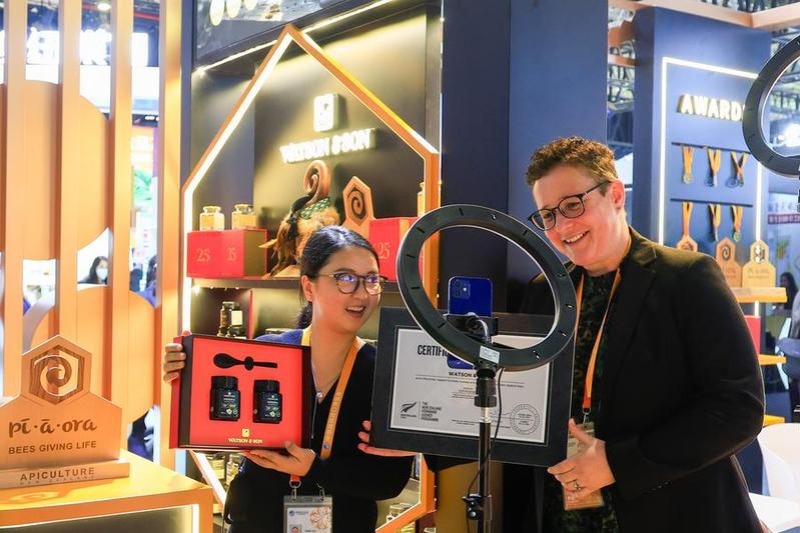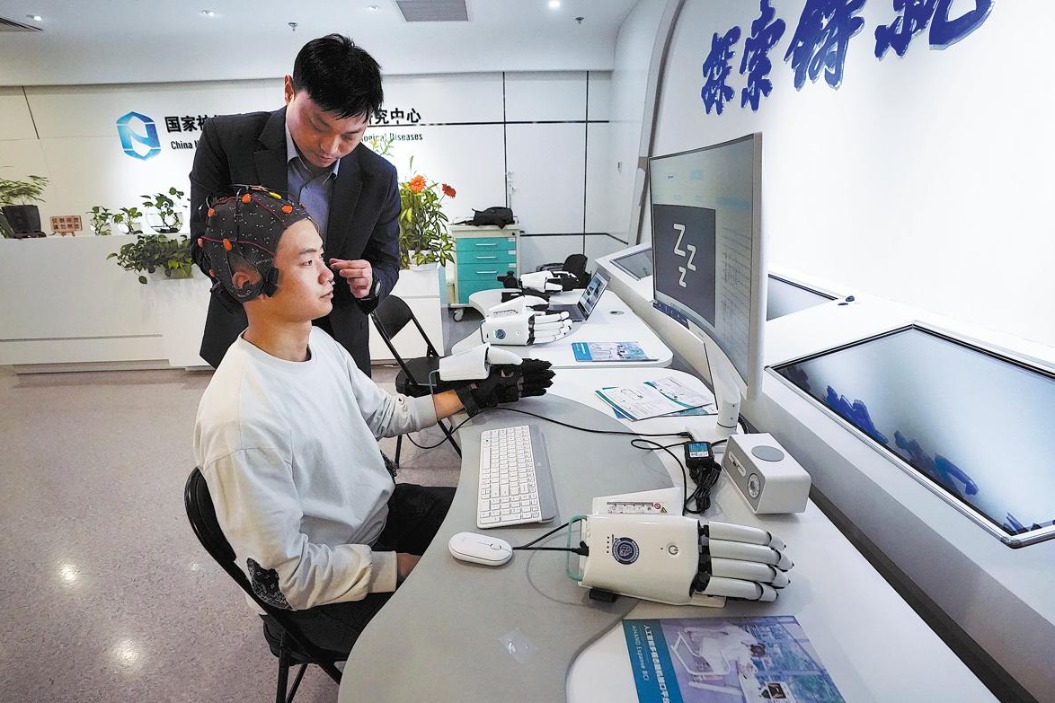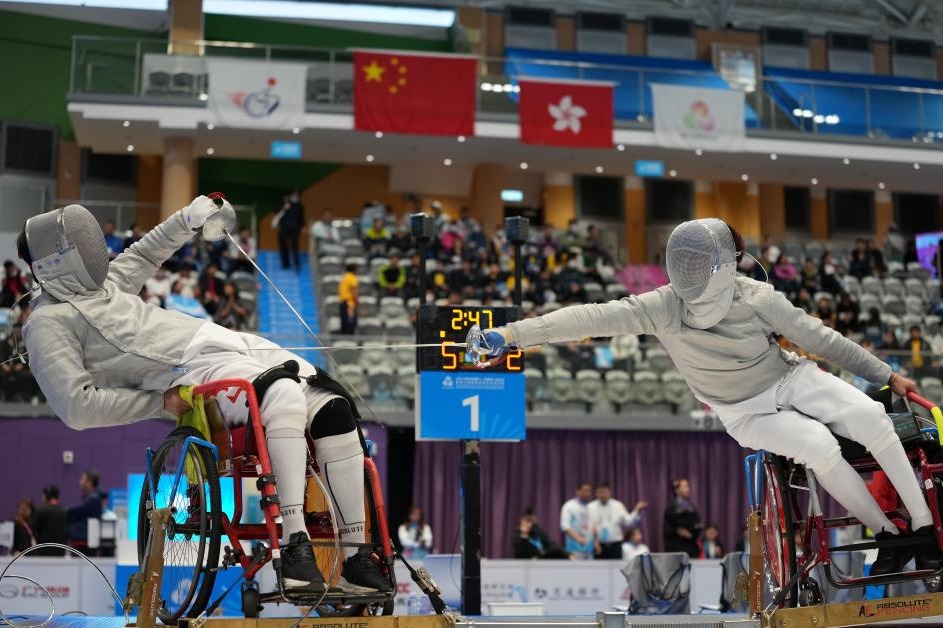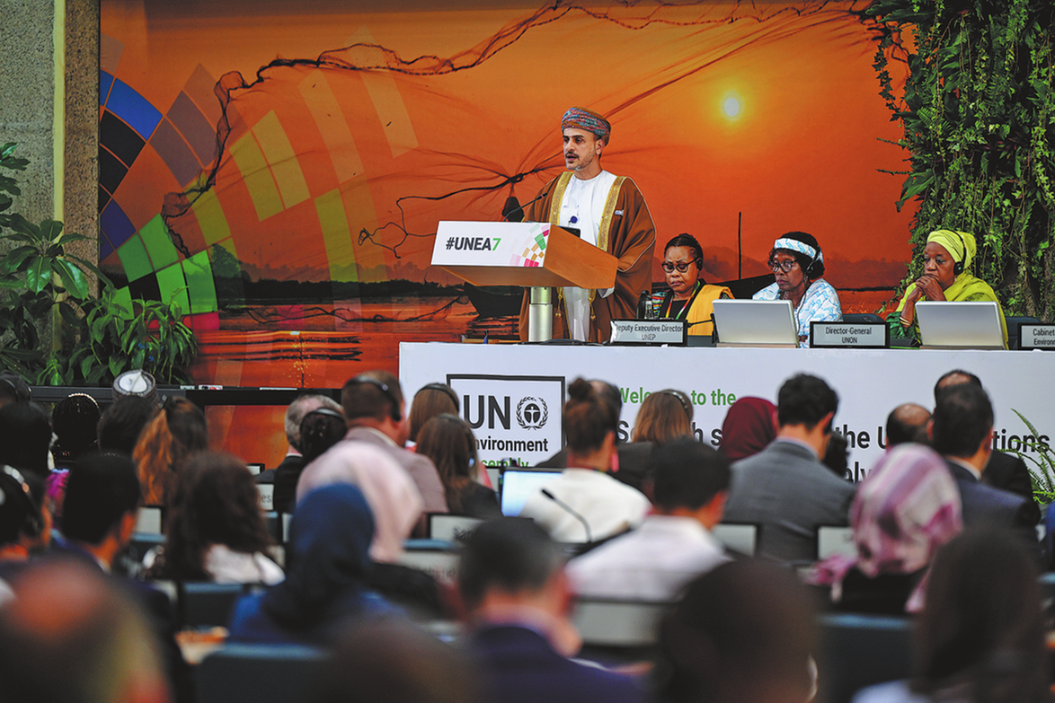Nestle boosts trend-based innovation in China
By Wang Zhuoqiong | China Daily | Updated: 2019-03-26 09:45
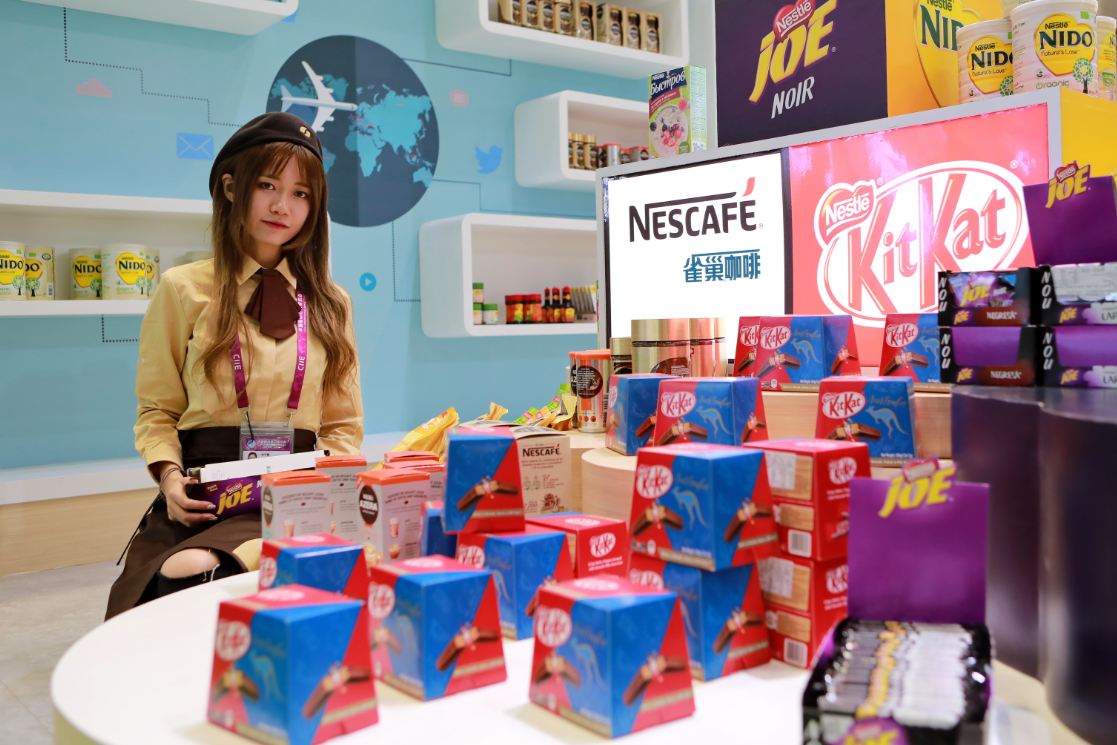
Nestle China on Monday unveiled a new research & development center in Beijing and a system technology hub in Shenzhen to accelerate its trend-based innovation in the country, aiming to get closer to consumers and get products quicker to market.
The new R&D center in Beijing focuses on creating new food and beverage products primarily for Chinese and Asian consumers.
Nestle CEO Mark Schneider said: "We are strengthening our local R&D capacities so that our team can work faster and more efficiently to turn great ideas into the latest must-have products for consumers in China."
Stefan Palzer, executive vice-president and chief technology officer of Nestle, said globally Nestle rolls out 1,500 new products each year. About one-third of them are updated each year and the speed is increasing.
"In the old days, it took us about two to three years to develop a new product. Now it takes a couple of months or even weeks," he said.
Nestle last year invested about 1.7 billion Swiss francs ($1.7 billion) in R&D. It has about 30 R&D centers worldwide. Its R&D expenditures in China have seen changes in the types of investments being made. It has invested in how to get products developed and tested quickly in the Chinese market by locating its facilities in the proximity of markets, top universities, local entrepreneurs and startup environments, as well as suppliers.
The Shenzhen System Technology Hub, with locations near beverage machines and system manufacturers, allows Nestle to rapidly turn new ideas for beverage systems and components into reality.
"The new sites in China will change our way of working," said Palzer. He cited an example of how products can be developed only in two or three days from a new idea and tested in nearby supermarkets, receiving feedback quickly.
Palzer is also impressed with the digital connections in China in terms of digital payment, food delivery model and AI. "Bringing that (experience and know-how) to the other parts of the world is a big opportunity for us," he said.
Safety, nutrition, taste, sustainability and affordability are basic requirements for Nestle to develop research of each new products, he said. But on top of that, "it is about addressing the trends in China" and get consumers excited about their products, he said, "given the young consumers want varieties, new things each week".
Palzer also said the coffee, pet food and dairy products for middle-aged and senior people are their priorities when it comes to research, boosted by the immense market potential in the three categories.
Zhu Danpeng, an independent food and beverage analyst in China, added that while the coffee market in China will keep growing over the next 10 years, pet care is entering a high-growth period, and an aging society in China brings more opportunities to companies with food products and healthcare products for senior people.
Zhu said the new R&D center and hub will allow Nestle to compete with its rivals with more products and to better meet the demands from younger generations of consumers.
"As one of the world's largest food and beverage producers, Nestle manages to remain big but flexible and sensitive to the local market, constantly addressing Chinese consumer's needs accurately and efficiently."





